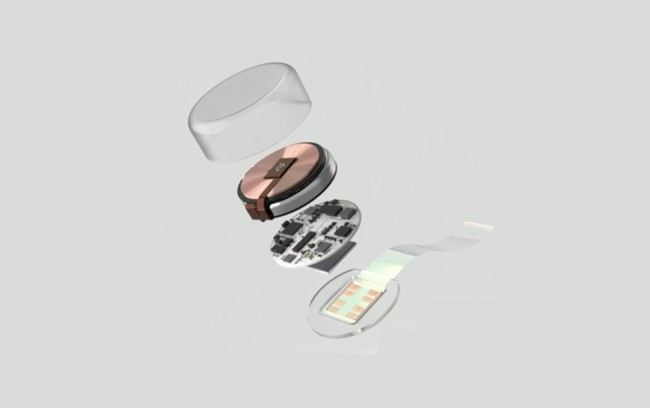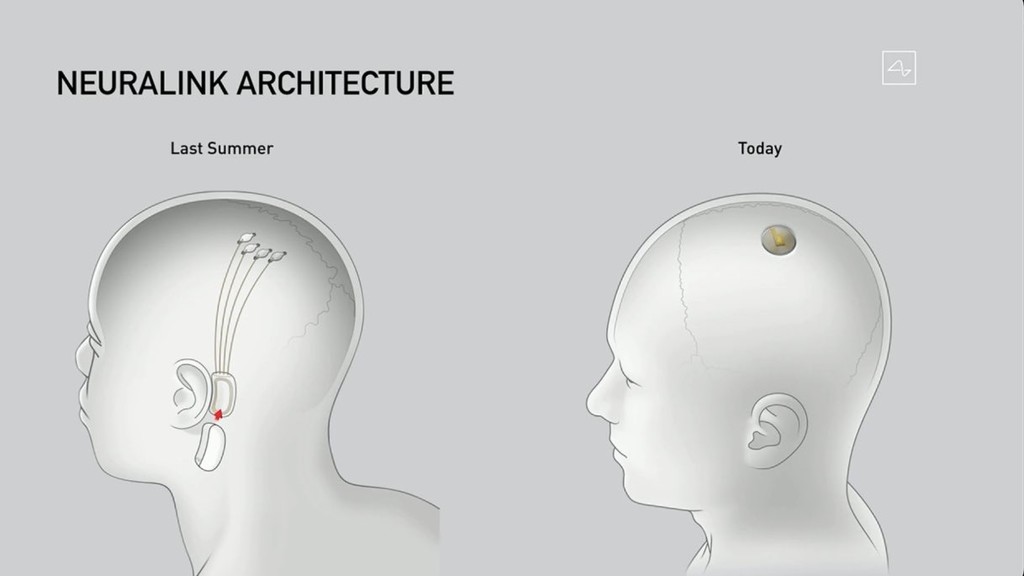
It is often said that when Kennedy gave his famous speech about why they had chosen to go to the moon, the United States was nowhere near being able to tackle that trip . The harsh reality is that they chose that challenge because in the rest of the options (placing a station in space or orbiting around the Moon) there was a huge amount of possibility that the Soviet Union would win the race. The key was to choose something iconic and inspiring; something materially impossible today, but imaginable in the long run; something, in short, that was at the perfect distance (temporally, financially and technologically) to give them time to regain all the advantage they had lost . It’s the same strategy that Elon Musk has been using project after project, and Neuralink , with its strange mix of old things and one-off innovations, is a wonderfully clear example.
Neuralink doesn’t just explode
I’m not going around the bush: the vast majority of things we saw at the Neuralink presentation at the weekend are nothing new . Especially the things that most caught the attention of the public (reading the activity of hundreds of neurons at the same time, decoding simple messages, using wireless systems or stimulating groups of neurons at pleasure) are part of the day-to-day life of the neuroscience laboratories of all the world.
It’s not just that many early psychology or biology students have rudimentary systems at their disposal that allow them to do all of these activities with laboratory animals. Is that in human beings, devices such as cochlear implants have been allowing for decades to “introduce” acoustic information from the environment into the brain and, in recent years, even play music directly from the internet . That, of course, is n’t to say that Elon Musk and his team didn’t come up with some very cool stuff (and that there’s actually a jump from what we got to see last year ). The advances in its wire / electrode system and in the integration system of many of them are incremental, but effective; wireless technology capable of transmitting large amounts of information in real time shows a very creative use of applied technologies; And the possibility of charging devices by induction (something fundamental considering that it would go inside the scalp) looks great and exciting.

At the same time disappointing. It is a paradox very typical of Neuralink, a company that, like all Elon Musk projects, has a curious ability to gather and organize everything that has been done in a field and put it to work in a striking way. But it offers little more than unspecific promises for questions that go beyond the limits of the field. In this case, with the information we have in our hands, the greatest innovations are design.
Interesting steps in a long way to go

The Neuralink team’s ability to collect this available technology, package it and design it in an attractive and seemingly safe way is formidable. Everything else: story, story story. Elon Musk spoke of treating depression, insomnia, and a dozen other neuropsychological illnesses; remove fear from people or discover the nature of consciousness. He also spoke of curing blindness, paralysis or deafness. However, evidence, data and studies are conspicuous by their absence.
They must be somewhere. After all, they explained, in June they obtained permission from the FDA to begin conducting human trials, but little else is known. In general, Elon Musk was very careful not to give dates, nor to establish closed calendars . There are no clear data on what they are going to do, or what they have done. And the truth is that, in the context of what it was supposed to be (an event to attract talent), it may be understandable. However, it would be innocent not to admit that an event that was touted as the first sample of a “working Neuralink device” went beyond a human resources campaign. It was a re-enactment of the same strategy we talked about at the beginning: focusing attention on a distant goal to get support for the road that still needs to be covered. From what we know so far, Neuralink is light years away from any of its more interesting ‘promises’. In fact, they don’t even seem to have successfully solved key problems like maintaining equipment within the brain. The good news is that they are advancing and, although it is difficult to estimate exactly, it seems that they are advancing the entire discipline . That, beyond all the problems that can arise from the project, is good news.
